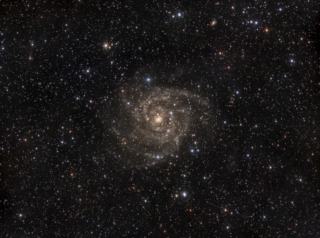
- Constellation: Camelopardalis
- Right Ascension: 03h 46m 48.5s
- Declination: +68° 05′ 46″
- Distance: 10 million ly
IC 342, sometimes called the Hidden Galaxy because it is heavily obscured by dust since it lies in the direction of the galactic equator of our Milky Way galaxy. Without that, it would be one of the brighter galaxies in our night sky.
- Details
- Category: Galaxies
- Telescope: Explore Scientific 127 Refractor
- Camera: ZWO 1600 MM
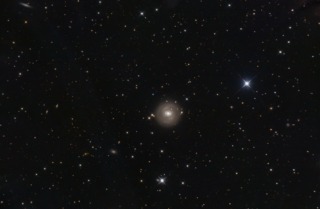
- Constellation: Ursa Major
- Right Ascension: 08h 53m 32.7s
- Declination: 51° 18′ 49″
- Distance: 50 million ly
NGC 2681 is a lenticular galaxy located 50 million light years away in Ursa Major. Various other more distant galaxies are also visible.
- Details
- Category: Galaxies
- Telescope: GSO RC10
- Camera: ZWO A071 Color
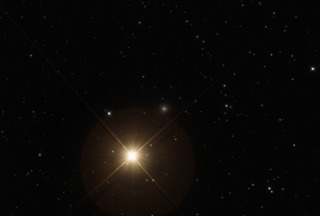
- Constellation: Andromeda
- Right Ascension: 01h 09m 27.0s
- Declination: +35° 43′ 04″
- Distance: 10 million ly
NGC 404 is a dwarf lenticular galaxy 10 million light years away. It lies just 7 arc-min away from the star Mirach, a red giant. The close proximity has earned it the name of Mirach's Ghost because of the difficulty of seeing it.
- Details
- Category: Galaxies
Read more: NGC 404 - Mirach's Ghost
- Telescope: GSO RC10
- Camera: ZWO A071 Color
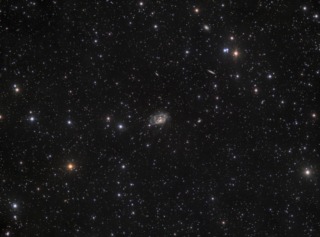
- Constellation: Camelopardalis
- Right Ascension: 05h 42m 04.6s
- Declination: +69° 22′ 42″
- Distance: 170 million ly
NGC 1961, a some what distorted massive spiral galaxy, over twice the size of the Milky Way, some 170 million light years away in Camelopardalis.
- Details
- Category: Galaxies
- Telescope: Explore Scientific 127 Refractor
- Camera: ZWO 1600 MM
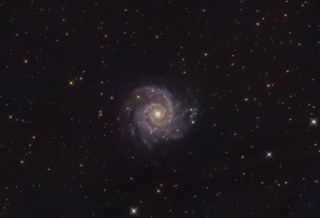
- Constellation: Pisces
- Right Ascension: 01h 36m 41.8s
- Declination: +15° 47′ 01″
- Distance: 32 million ly
M 74 is a an example of a "grand design" spiral galaxy, which means it has well defined spiral arms. It has a low surface brightness, that makes is one of the more difficult Messier objects, but the face on view presents a ideal image orientation.
- Details
- Category: Galaxies
- Telescope: GSO RC10
- Camera: ZWO A071 Color
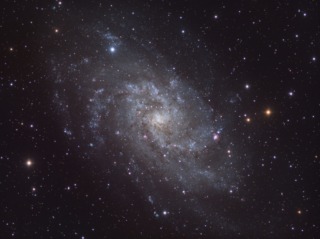
- Constellation: Triangulum
- Right Ascension: 01h 33m 50.02s
- Declination: +30° 39′ 36.7″
- Distance: 2.7 million ly
Messier 33 is a spiral galaxy located in the constellation of Triangulum, for that reason it is often called the Triangulum Galaxy. Sometimes referred to as the Pinwheel Galaxy, but that is the name given to Messier 101. It is the smallest spiral galaxy of our local group of galaxies stretching across 60,000 light years and containing some 40 billion stars.
- Details
- Category: Galaxies
Read more: Messier 33 (2019 Fall)
- Telescope: Explore Scientific 127 Refractor
- Camera: ZWO 1600 MM